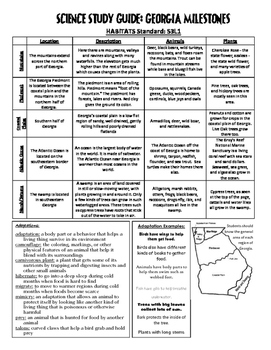Science Grade 1 Study Guide
Study Guides There are a number of popular CSET Science Study Guides on the market today. While many of these texts can serve as helpful resources, at 500-600 pages in length, they can sometimes seem as daunting as the test itself. That’s why we’ve created a simple, concise CSET Science Study Guide which lists the most important key concepts you need to know for the exam, without any fluff or filler. An online version of our “CSET Science Overview” Study Guide is available free here on our website, and a printed copy is also provided with each of our prep classes and in-person private tutoring sessions at no additional charge. Based on the CCTC’s exact content specifications, this easy-to-read guide gives you a list of all the subject matter areas you can expect to encounter on the CSET Science exam.

Harcourt Science Grade 1
Before beginning your CSET Science preparation, you should read this guide to ensure that you are studying the right material, right from the start. Watch our if you'd like to learn more about how to make the most of this free online resource. Once you have read our CSET Science Study Guide to get an overview of the topics that will appear on your exam, you may wish to enroll in our. Each of these programs gives you targeted, in-depth instruction in all of the topic areas listed in our study guide, teaching you the exact subject matter knowledge and strategy you need to pass. Please click below to view our online CSET Science Overview Study Guide now. It's simple, complete, and best of all, it's free!
5th Grade Science Chapter 1 Study Guide


8th Grade Science Worksheets and Study Guides The big ideas in Eighth Grade Science include exploring the life, earth, and physical sciences within the framework of the following topics: “Earth’s Biological History” (Earth’s biological diversity over time); “Earth’s Structure and Processes” (materials and processes that alter the structure of Earth); “Astronomy: Earth and Space Systems” (characteristics, structure, and motions of celestial bodies in the universe); “Forces and Motion” (effects of forces on the motion of an object); and “Waves” (properties and behaviors of waves).
Comments are closed.